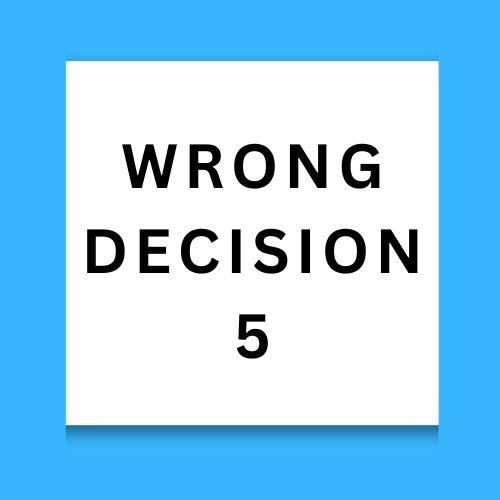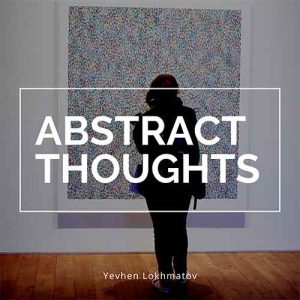Here is more free sound effects for you:
Introducing “Wrong Decision 5”: The Perfect Interface Sound Effect for Indicating a Wrong Choice
In the world of digital applications and gaming, sound effects play a crucial role in enhancing user experience. They provide immediate feedback, convey emotions, and can significantly influence how users interact with an interface. One such essential sound effect is “Wrong Decision 5.” This interface sound effect signifies a wrong choice or a failure, making it an invaluable asset for developers and designers working on apps and games.
What is “Wrong Decision 5”?
“Wrong Decision 5” is a concise, clear, and distinct sound designed to indicate an incorrect decision or action within an application or game. Whether it’s a wrong answer in a quiz app, a failed attempt in a puzzle game, or a denied access notification, this sound effect effectively communicates to the user that something has gone wrong.
Applications of “Wrong Decision 5”
The versatility of “Wrong Decision 5” makes it suitable for a wide range of applications. Here are some scenarios where this sound effect can be particularly useful:
- Mobile and Web Applications: In mobile and web applications, providing immediate feedback is crucial for maintaining user engagement. When a user makes an incorrect input, such as entering an invalid password or selecting an unavailable option, “Wrong Decision 5” offers a clear auditory cue that guides them to correct their action.
- Games: Sound effects are a vital part of the gaming experience. “Wrong Decision 5” can be used in various gaming scenarios, such as game shows, trivia games, or any interactive game where players need to make choices. It helps in maintaining the flow of the game by instantly notifying players of their incorrect moves.
- Educational Tools: In educational apps and tools, providing feedback is essential for learning. “Wrong Decision 5” can be used to indicate incorrect answers in quizzes or exercises, helping learners recognize and learn from their mistakes.
- User Interfaces: Any application with a user interface can benefit from clear sound feedback. “Wrong Decision 5” can be integrated into user interfaces to denote invalid selections, ensuring that users are immediately aware of errors.
Features of “Wrong Decision 5”
“Wrong Decision 5” stands out due to its unique features that make it an ideal choice for developers and designers:
- Distinct Tone: The sound has a distinct tone that is easily recognizable, ensuring that users immediately understand that an error has occurred.
- Clear and Concise: The sound is short and to the point, providing clear feedback without being disruptive or annoying.
- Versatile Usage: Its applicability across various platforms and scenarios makes it a versatile tool in the developer’s toolkit.
- Professional Quality: Produced with high-quality audio standards, “Wrong Decision 5” ensures a professional feel in any application or game.
Why Use Sound Effects Like “Wrong Decision 5”?
Incorporating sound effects such as “Wrong Decision 5” into digital products can have several benefits:
- Enhanced User Experience: Sound effects provide an additional layer of interaction, making the user experience more engaging and intuitive.
- Immediate Feedback: Auditory cues offer immediate feedback, helping users understand the outcome of their actions without having to read text or visual indicators.
- Improved Accessibility: For users with visual impairments, sound effects are crucial in navigating and interacting with digital interfaces.
- Increased Engagement: Sound effects can make applications and games more immersive and enjoyable, encouraging users to spend more time on the platform.
Conclusion
“Wrong Decision 5” is an essential sound effect for any developer or designer looking to enhance the user experience of their applications or games. Its clear, concise, and distinct tone provides immediate feedback, guiding users to correct their actions and improving overall engagement. By integrating “Wrong Decision 5” into your digital products, you can ensure a more intuitive, accessible, and enjoyable user experience.
Tags: access, app, audio, bad, decision, denied, deny, device, ding, effect, fail, failed, failure, game, gameshow, incorrect, interface, lose, low, miss, no, reject, rejected, response, show, sound, tone, wrong




























